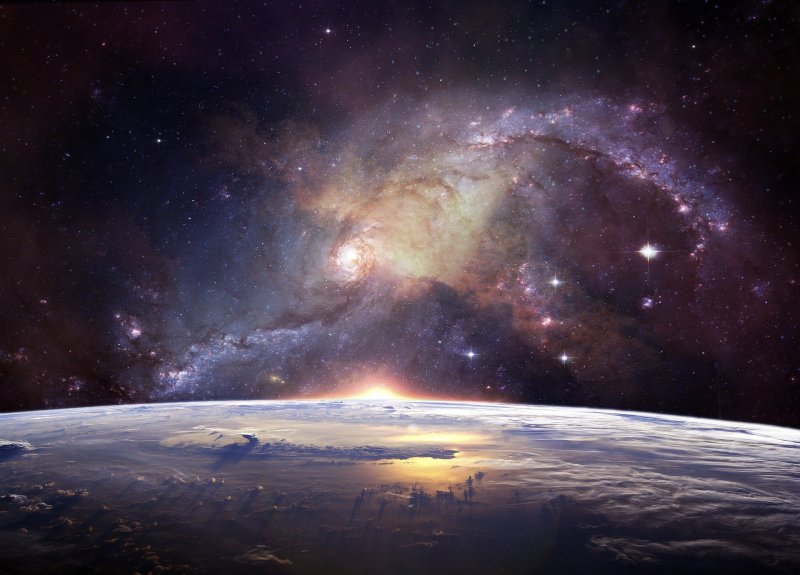MidSpace

Understanding Astronomy
Astronomy is a fascinating topic but may be thought of as too complicated. This blog will ensure that readers have a full understanding of the subject. Expect in-depth articles on space exploration, astrobiology and plenty of stargazing tips. Discover the best place to see meteor showers and what equipment will be needed. The best way to learn astronomy is to begin to recognise the stars and constellations, and the basics will be covered in this blog. Detailed sky maps will reveal the location of galaxies and star clusters, some of which require no more than a pair of binoculars to be seen.
Does The Multiverse Exist?
19 Aug 2021

We are all aware of our universe. We are taught about it in schools and colleges. Most people are fascinated by space, and we often see fictional movies, online casino games, books, and even clothing, often inspired by space and our universe. Our universe has been exhaustively studied over hundreds of years, and there are still unanswered questions about it.
Our universe is, as far as we know, only as large as light has been able to travel in the 13.7 Billion light years since the Big Bang marked its creation. We could assume, then that our universe may be as large, if not larger, than double that size. It is estimated to be about 90 billion light-years in size.
But what if our universe isn’t the only one? Could there be many universes, all co-existing in an infinite environment?
The Multiverse Theory
If our known universe is finite, then there is a possibility that other universes exist. Collectively, all these universes are called the multiverse, and there are theories to promote and dispel the possibility that we are part of a multiverse.
Let’s look at some theories:
- The Level 1 parallel universe theory suggests that due to the space involved being of such magnitude, there is a great probability of duplication and that other planets like earth may exist in another universe.
- Inflation of our universe is happening all the time. In the multiverse theory, every universe is doing the same. In effect, each universe is getting further away from the others by virtue of expansion. In the ekpyrotic theory, there were several big bangs, each creating a universe.
- The level 3 parallel universe theory is somewhat more esoteric in its interpretation. This theory proposes that 2 or more identical universes exist in the same space and time as each other. You, as an individual, co-exist in these other universes. In effect, you are living on different planes. The universes are existing simultaneously on different planes in real-time.
- The mathematical probability theory. This subscribes to the notion that any universe that physicists can calculate the existence of, can exist based on the mathematical democracy principle. According to this theory, anything that is mathematically possible can exist.
Conclusion
To the average person on Earth, it doesn’t really make any difference whether the multiverse exists or not. If it does, it is highly doubtful that anything sent from Earth will ever be able to get there. We are still heavily engaged in exploring what little parts we know of our own universe.
Scientists and astronomers are discovering more and more about our known universe all the time. Theories are confirmed or destroyed by scientific evidence as our searches develop.
Outer space exploration is fascinating and always has been. What mankind has discovered about our universe in the last fifty years, is sure to be surpassed by more discoveries in the future.
For now, the multiverse exists only in theories. And in our imagination
Types of Galaxies
11 Apr 2021
Simply put, a galaxy refers to a group of solar systems, stars, dust, and gases in the universe. The universe has a wide range of distinct galaxy types, typically classified based on their shape. The main types of galaxies include irregular, barrel spiral, elliptical, and spiral galaxies.
Is Star Bigger than the Star?
7 Mar 2021
Yes and no. I say so because the answer depends on the star whose size is being compared to the size of the sun. Some stars are even 100 times bigger than the sun, while others are 10 times smaller than the sun. Remember, the sun is a star too.
Five Largest Constellations
3 Feb 2021
Do you ever see groups of stars in the sky which seem to form patterns? These are known as constellations, and they are a fun to watch. While there are so many constellations in the sky, the five largest ones include Hercules, Cetus, Ursa Major, Virgo, and Hydra.